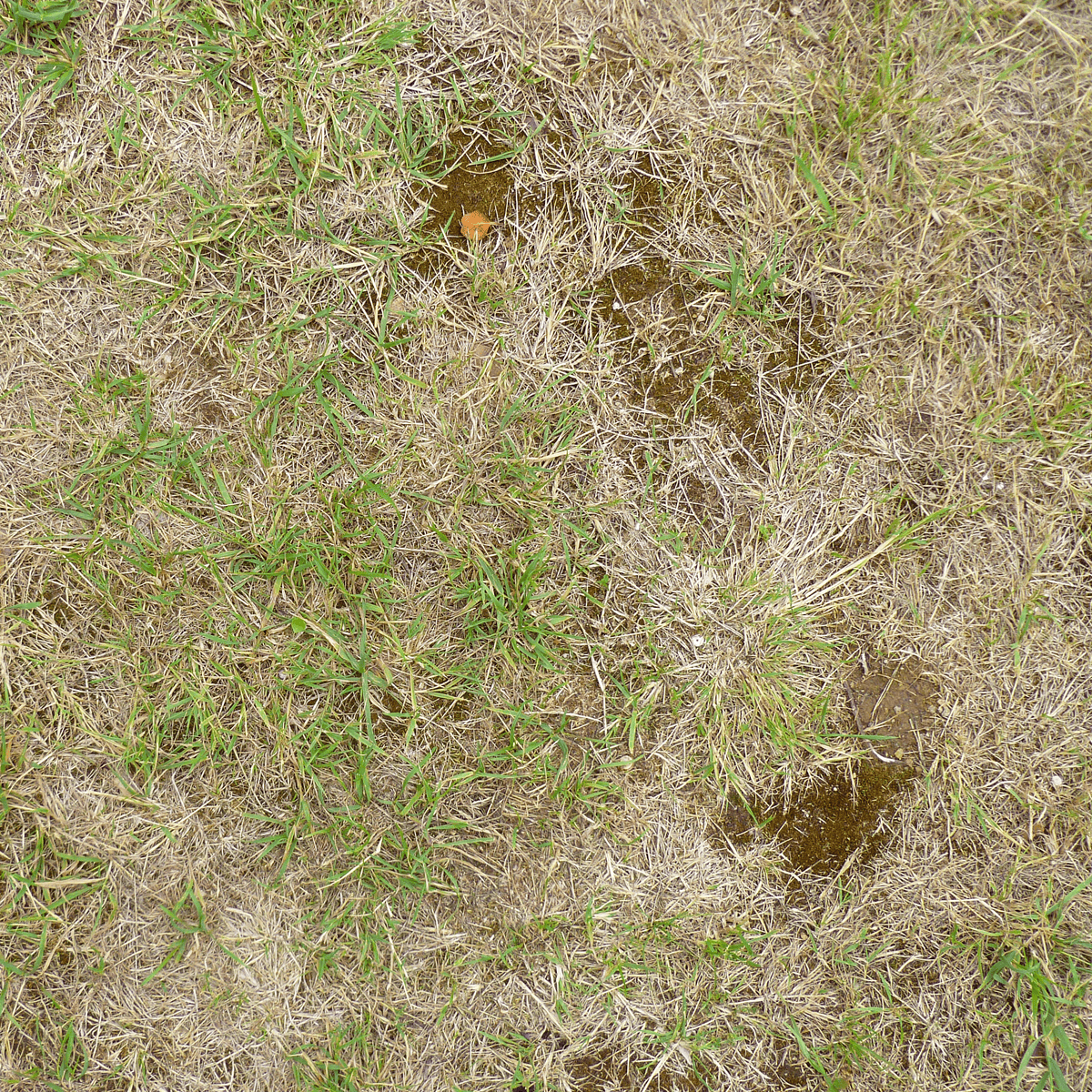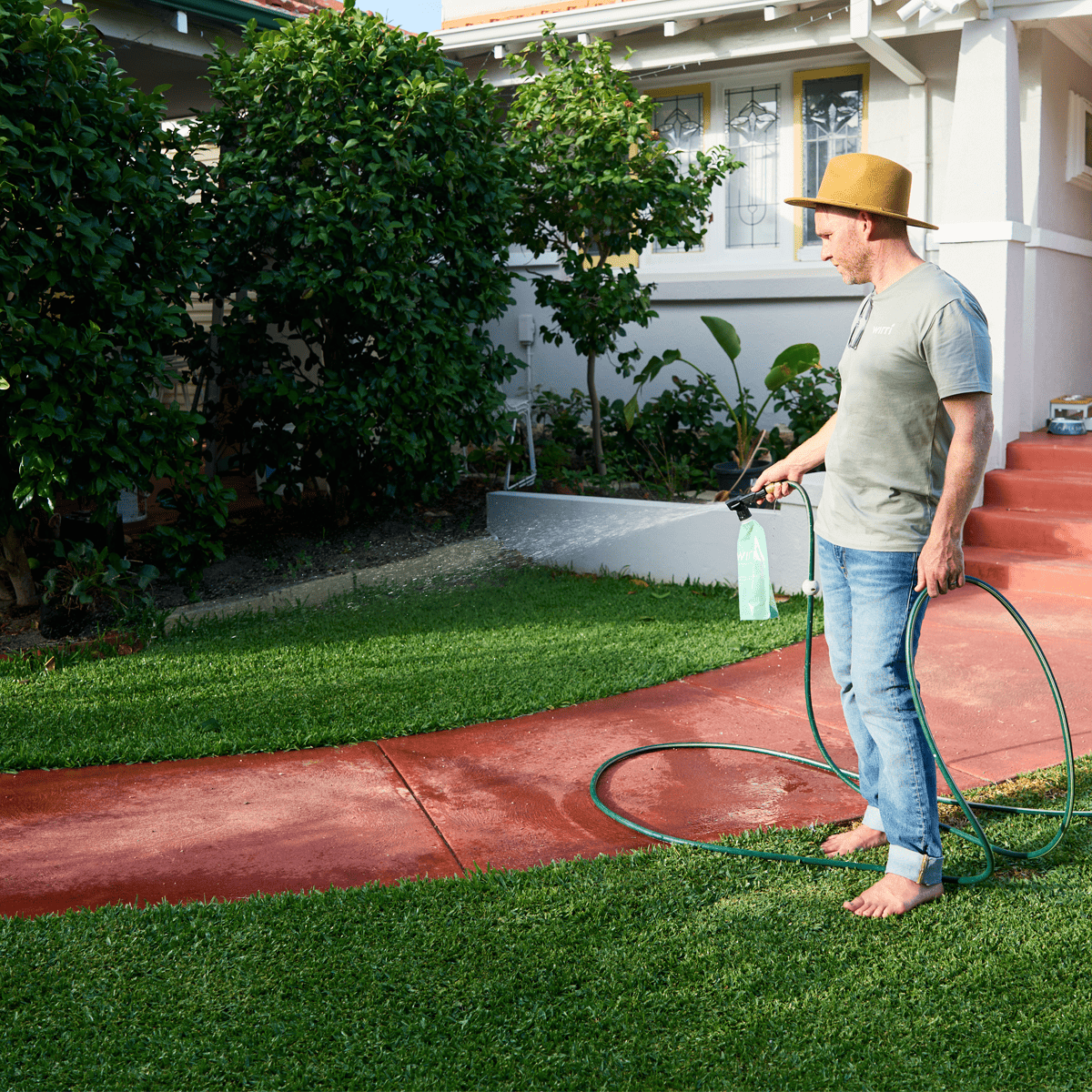Subscribe and save 17% with an annual subscription. Learn more.
Subscribe and save 17% with an annual subscription. Learn more.
A lush, green lawn is the goal for every homeowner, but sometimes even the best-maintained lawns can fall victim to disease. Lawn diseases in Australia can arise from a combination of environmental factors like humidity, heat, and poor drainage, as well as pests and soil imbalances. Identifying and preventing these diseases early is key to keeping your grass healthy.
At Wirri, we believe in proactive, eco-conscious lawn care that helps you prevent lawn diseases before they take hold. In this guide, we’ll cover the most common lawn diseases in Australia, how to identify them, and the steps you can take to prevent and manage them.
Brown Patch is one of the most common lawn diseases in Australia, particularly in warm, humid conditions. It affects warm-season grasses like Buffalo, Couch, and Kikuyu, and usually appears during the summer and early autumn.

Dollar Spot is another common lawn disease in Australia that primarily affects Couch, Zoysia, and Kikuyu grasses. It typically occurs during the cooler months when the nights are cool but the days are warm.
Pythium Root Rot, also known as Pythium Blight, is a fungal disease that affects the roots of grasses, particularly in waterlogged or poorly drained areas. It can cause rapid die-off in lawns, especially in warm, humid conditions.
Rust Disease is a common fungal problem in Australian lawns, especially during periods of stress such as drought or nutrient deficiency. It primarily affects warm-season grasses like Couch, Kikuyu, and Zoysia.
Fusarium Patch, also known as Snow Mould, is a cool-season fungal disease that can affect lawns in Australia, especially in regions with cooler winters. It’s more common in lawns with poor drainage or where heavy frost is frequent.

Leaf Spot is a fungal disease that primarily affects cool-season grasses, such as Tall Fescue and Ryegrass. It typically appears during warm, wet periods in spring and summer.
Lawn diseases can cause significant damage if left unchecked, but with proper care and prevention, you can keep your lawn healthy and vibrant year-round. By following good watering practices, aerating regularly, managing thatch, and applying balanced fertilisers, you can prevent most lawn diseases from taking hold.
At Wirri, we believe in proactive, eco-friendly lawn care solutions that promote the long-term health of your lawn. Our subscription service provides tailored advice and natural products to help you prevent and manage lawn diseases, keeping your grass green and resilient.
Ready to protect your lawn from diseases the eco-friendly way? Join the Wirri community today and start growing a healthier, more resilient lawn!
For more lawn care tips, seasonal advice, and eco-conscious product recommendations, follow the Wirri blog. Stay tuned for updates!
Stay in the loop with special offers, lawn care tips, and more.


Wirri supports Trillion Trees Australia, the UN Sustainable Development Guide and Pledge 1% among other progressive initiatives.
Wirri acknowledges the Australian Aboriginal and Torres Strait Islander Peoples as the first inhabitants of this nation and the traditional custodians of the lands on which we live, work, and care for our environment. We recognize their continuing connection to land, water, and sky and pay our respects to Elders past, present, and emerging.